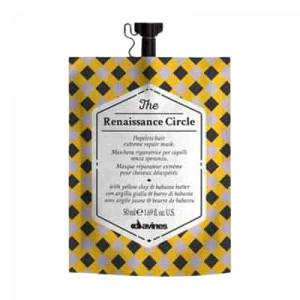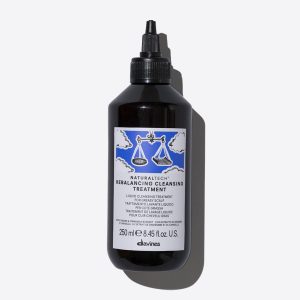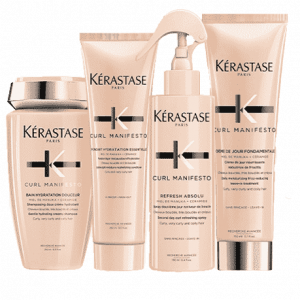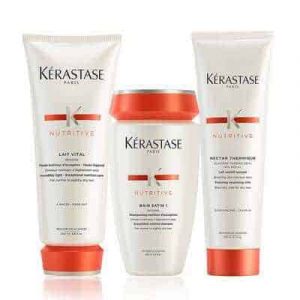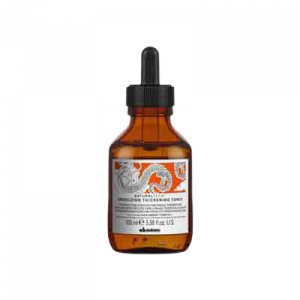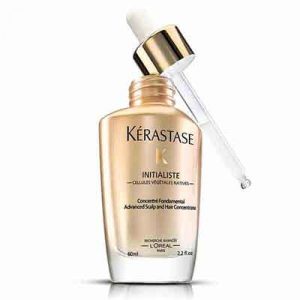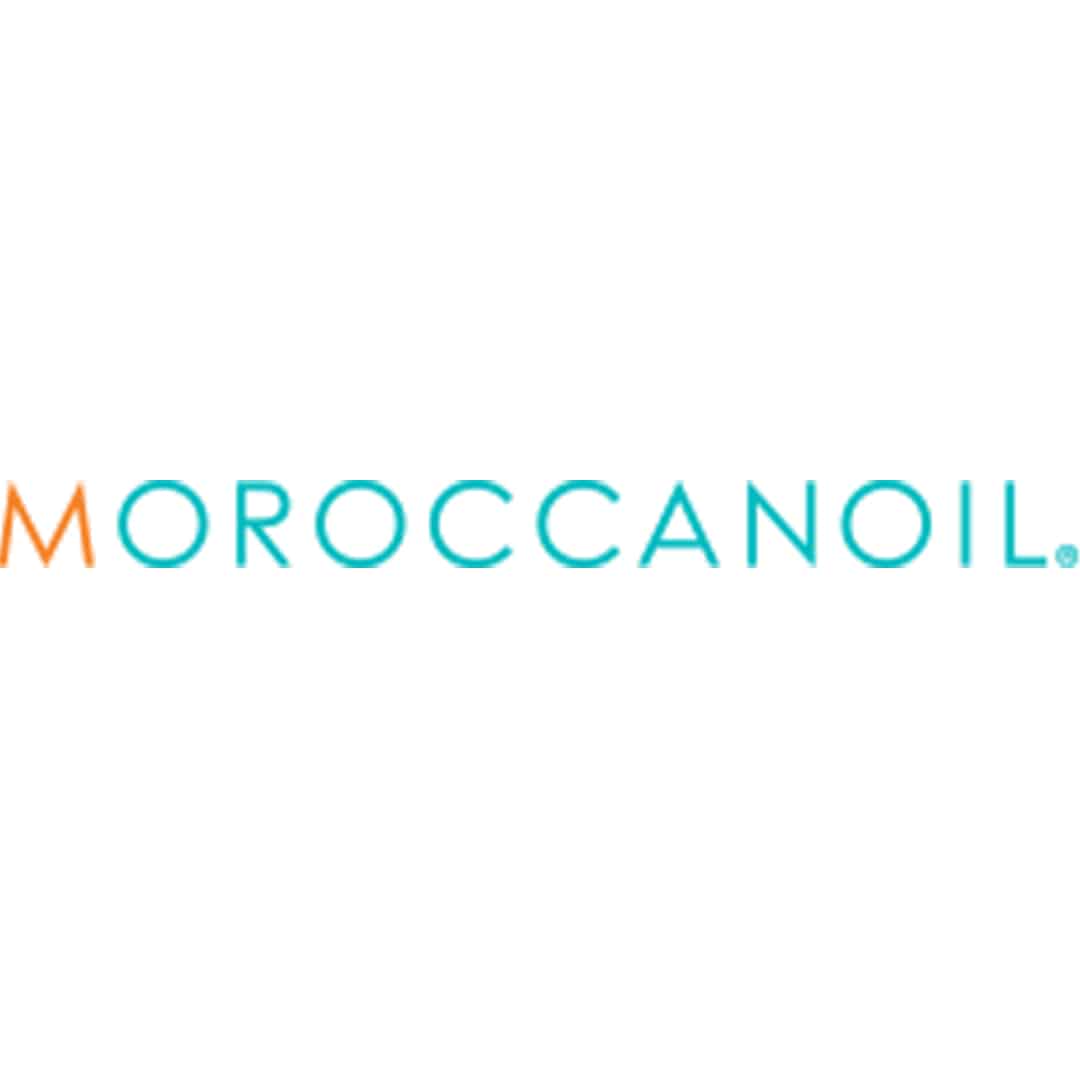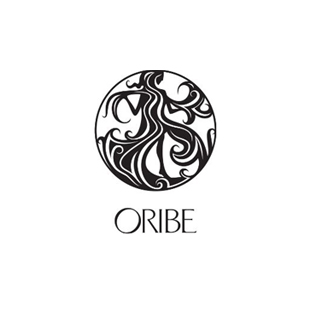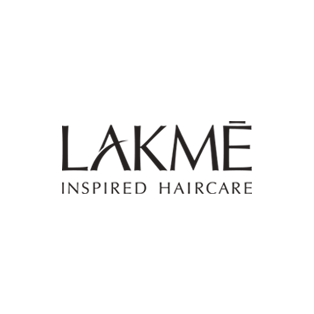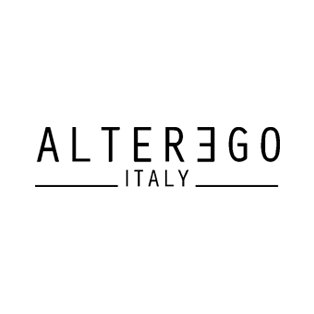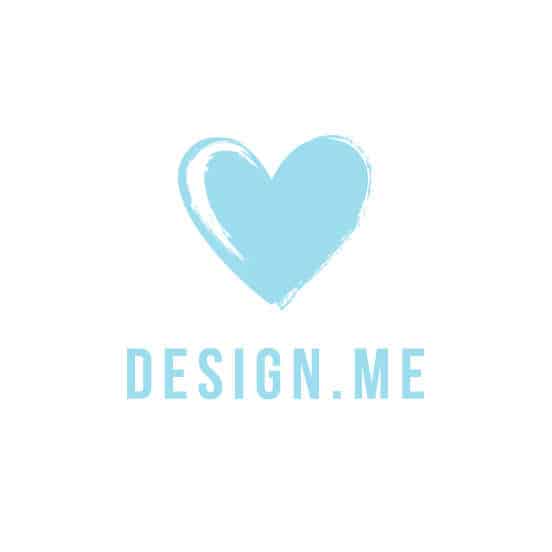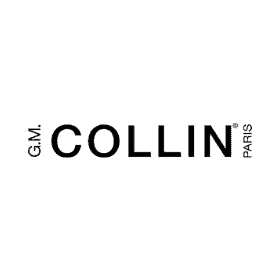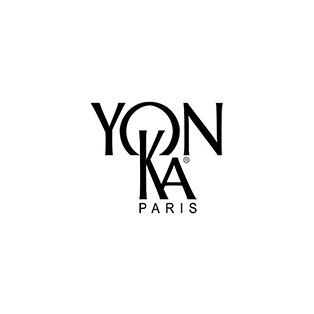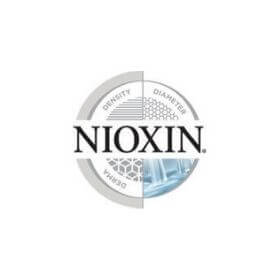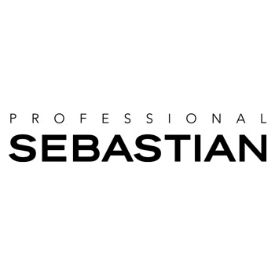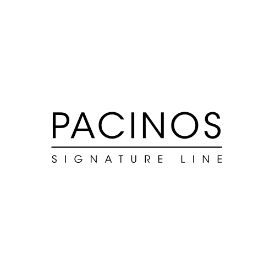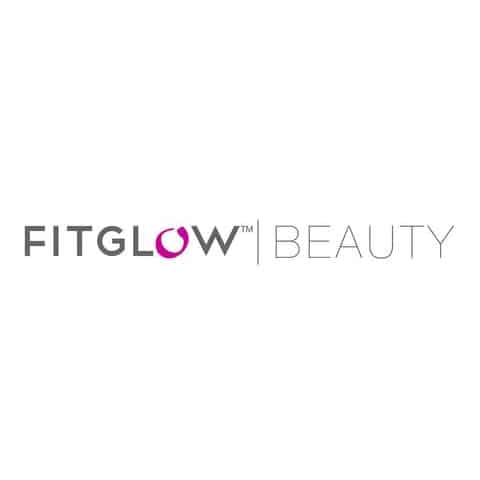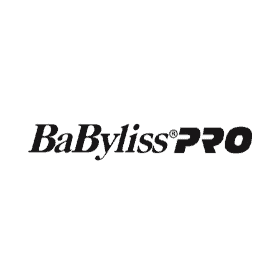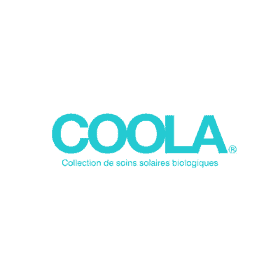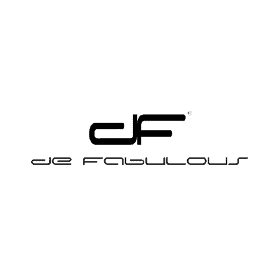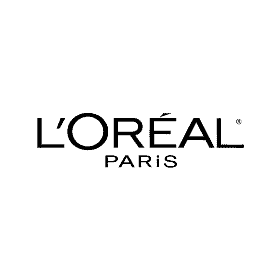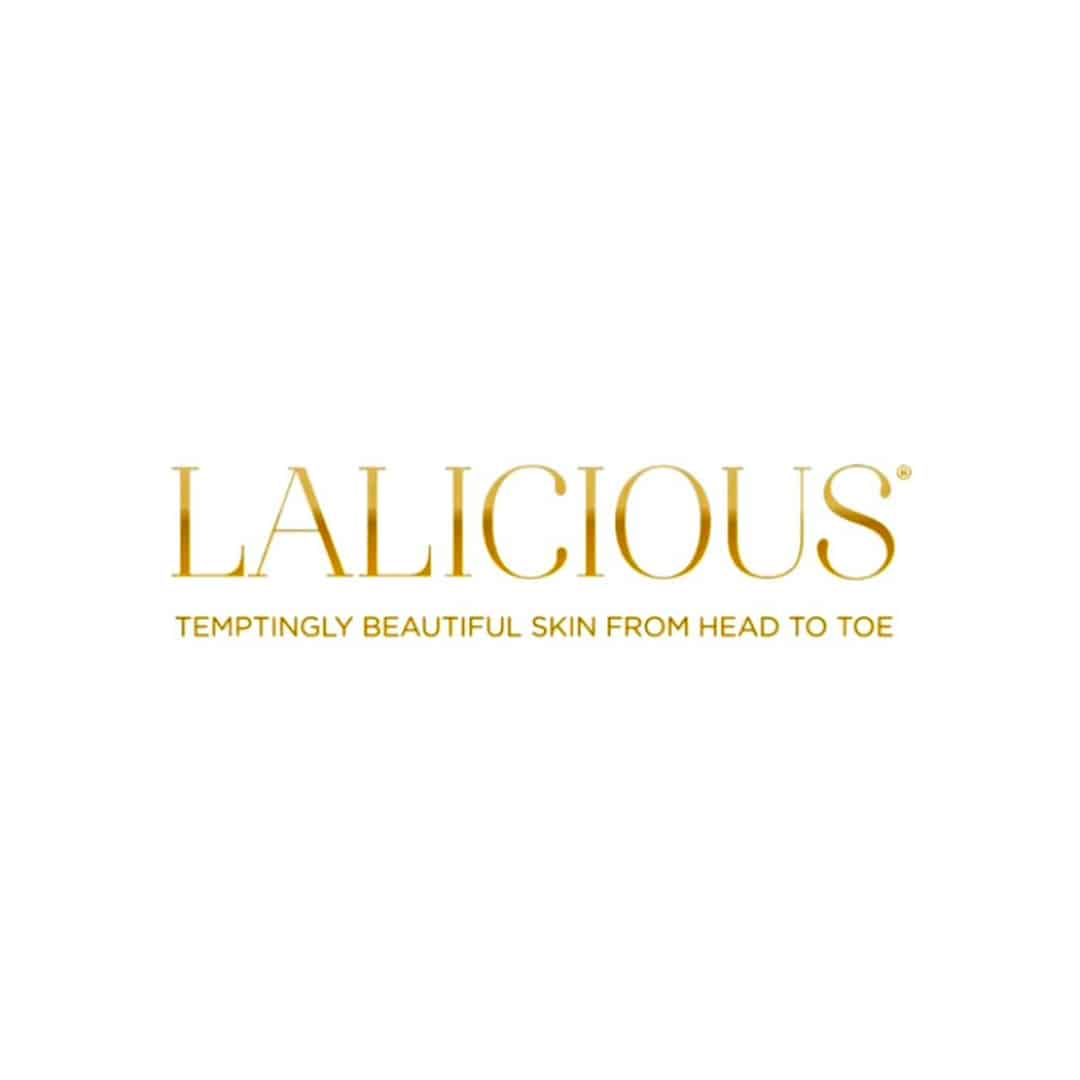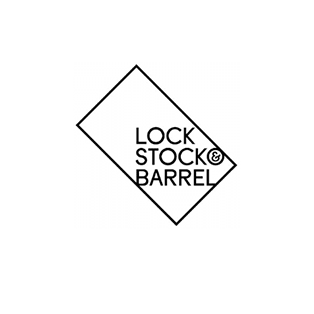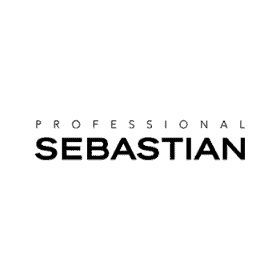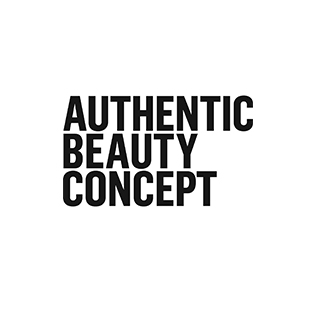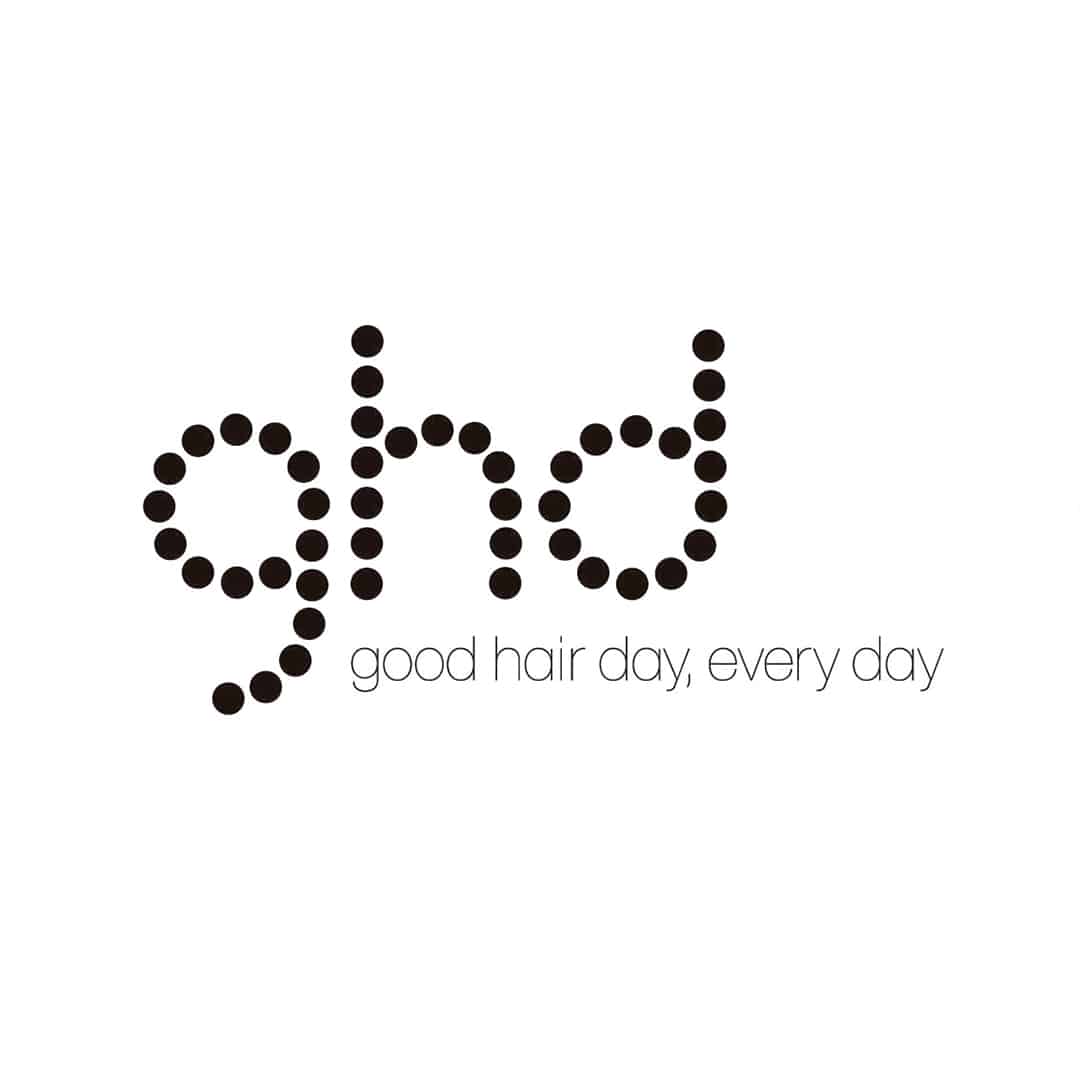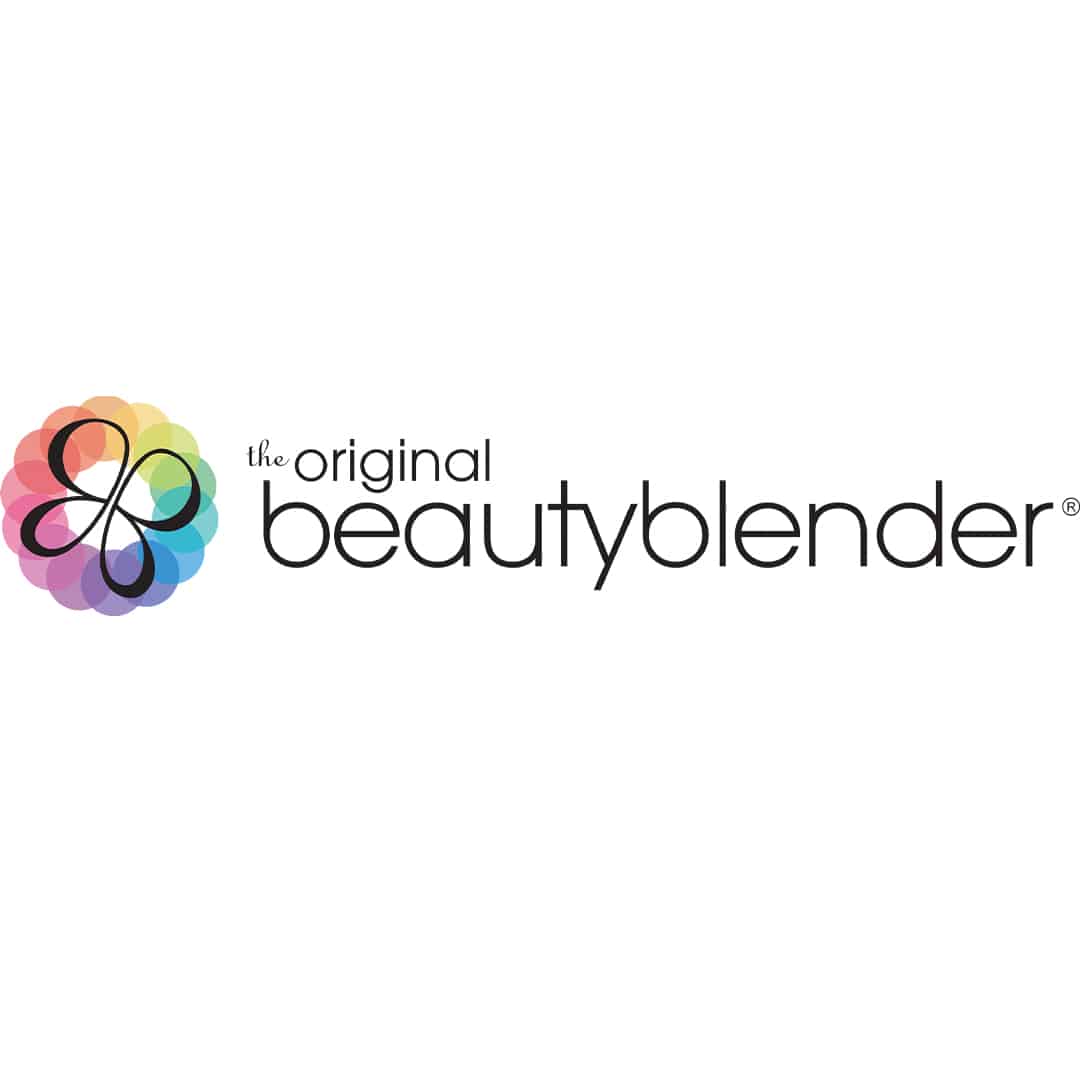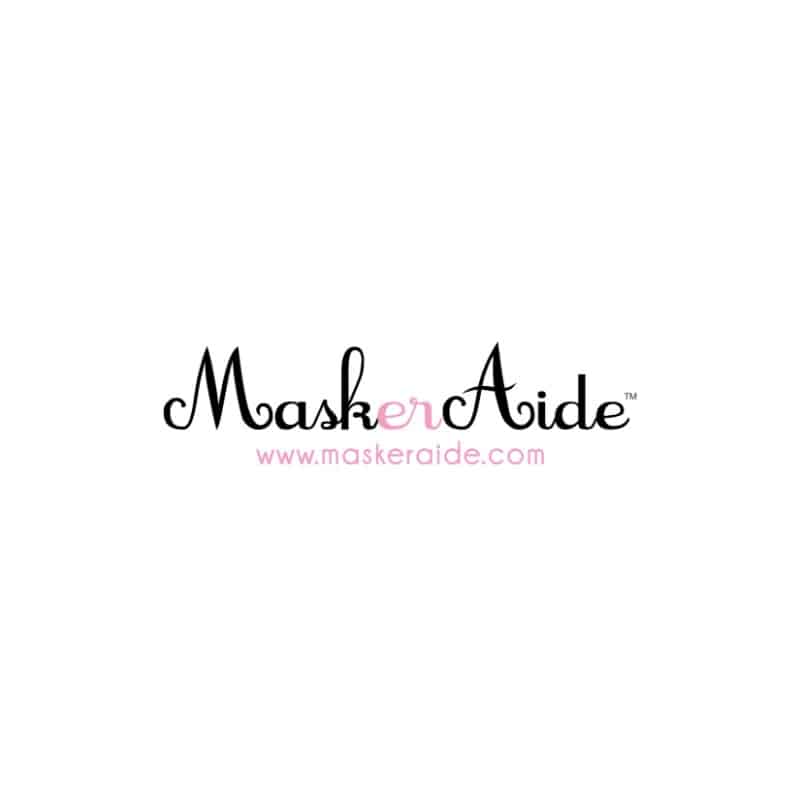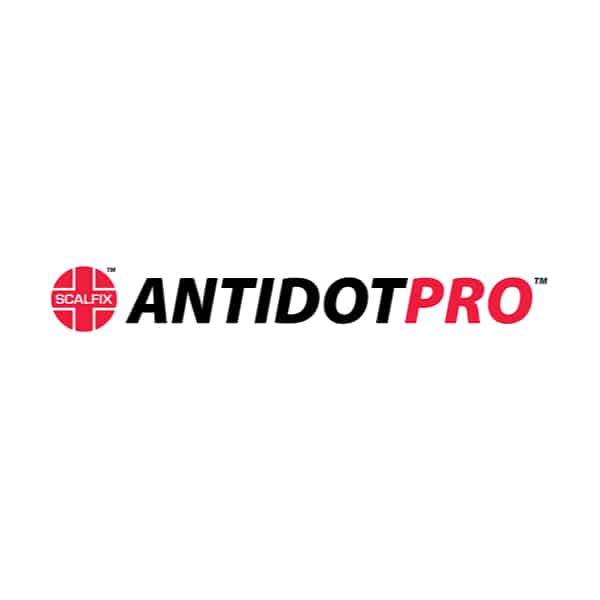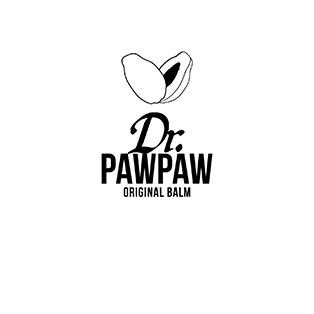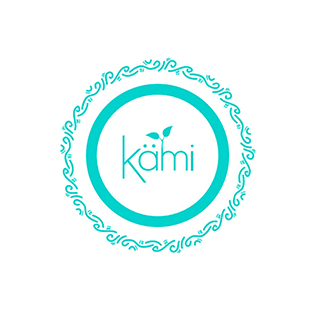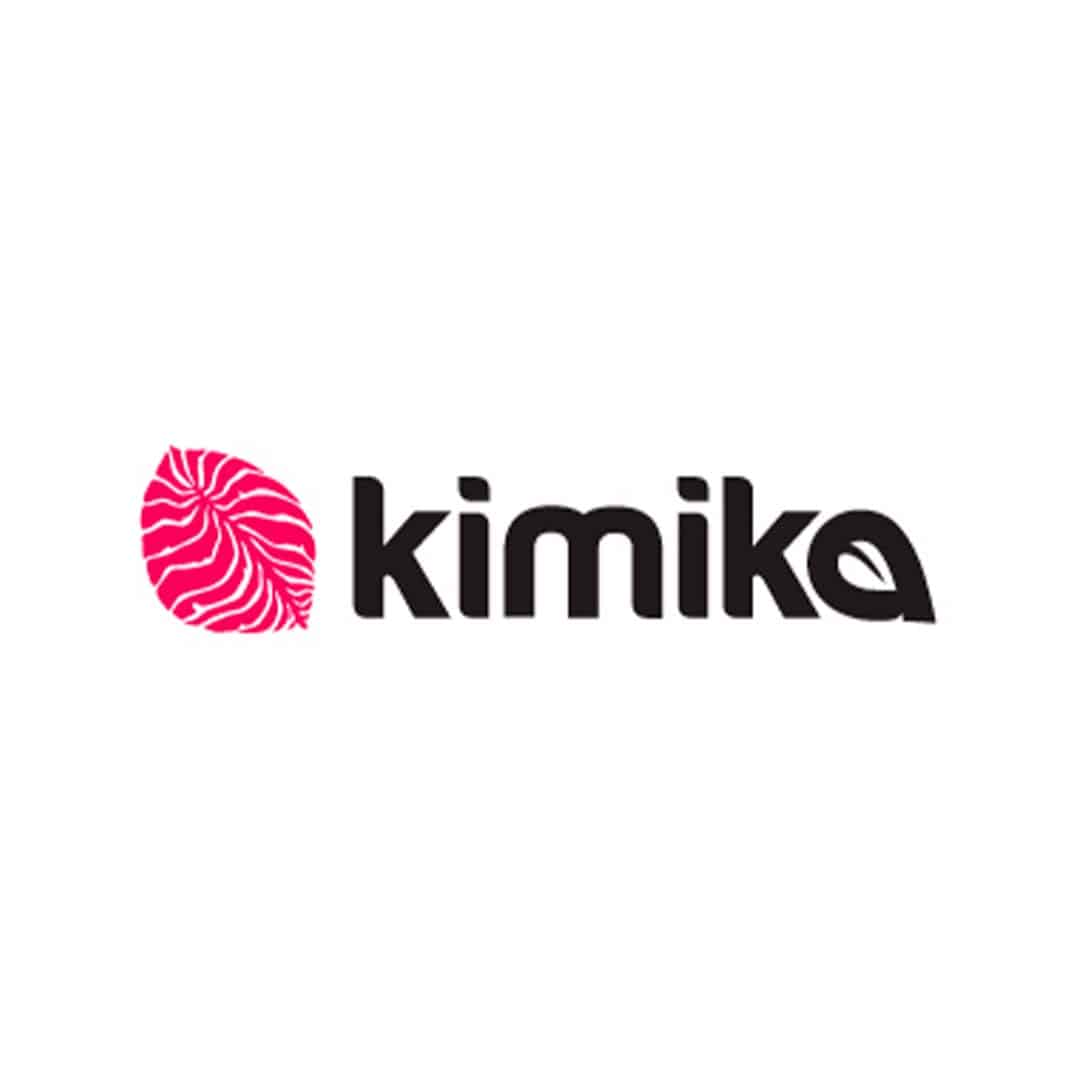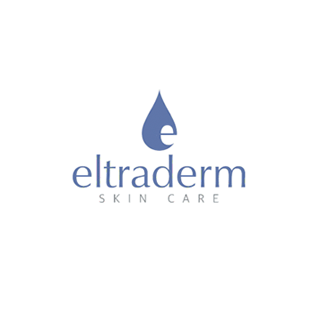Hair extensions have become a popular beauty trend for those looking to add length, volume, or a touch of glamour to their natural hair. While they offer an easy way to transform your look, many people are concerned about the potential damage they may cause to their natural hair. This article explores the different types of hair extensions, the potential risks involved, and how to minimize damage while enjoying beautiful, extended locks.
Key Takeaways
- Different types of hair extensions, such as tape-in, fusion, and I-tip, have varying levels of impact on natural hair.
- Potential risks of hair extensions include hair breakage, scalp irritation, and traction alopecia.
- Choosing the right type of extension, proper installation, and regular maintenance are crucial to minimizing damage.
- Expert tips, such as gentle washing techniques and avoiding heat damage, can help maintain healthy hair with extensions.
- Consulting with a professional stylist before getting extensions is essential for assessing hair health and receiving proper aftercare instructions.
Understanding Different Types of Hair Extensions
Tape-In Hair Extensions
Tape-in hair extensions are applied using a thin layer of medical-grade adhesive tape. These extensions are known for causing the least amount of damage as they are gentle on the hair. They typically take one to two hours to install and can last between 4 to 8 weeks. Special care is required for their maintenance and removal.
Fusion Hair Extensions
Fusion hair extensions are bonded to the natural hair using a keratin bond. This method is more time-consuming, often taking several hours, but the results can last up to 6 months with proper maintenance. While they offer a natural look, improper installation can lead to hair damage.
I-Tip Hair Extensions
I-Tip hair extensions do not require heat or bonding products. Instead, small sections of hair are attached using tiny cylindrical beads. This method is safer for most hair types and takes about one to one and a half hours to install. I-Tip extensions can last from 6 to 8 months and are both heat and color-safe, allowing for versatile styling options.
Choosing the right type of hair extension is crucial for maintaining the health and appearance of your natural hair. Always consult with a professional stylist to determine the best option for your hair type and lifestyle.
Potential Risks and Damages of Hair Extensions
Hair Breakage
Hair breakage is a common issue associated with hair extensions. The added weight and tension from the extensions can weaken the natural hair, leading to breakage. This is especially true if the natural hair was already weak or damaged before the extensions were applied. Proper consultation and assessment of hair strength are crucial before getting extensions to avoid this problem.
Scalp Irritation
Scalp irritation can occur due to the adhesives, beads, or other attachment methods used in hair extensions. This irritation can manifest as itching, redness, or even sores on the scalp. It’s important to monitor your scalp’s reaction to the extensions and consult with a professional if any discomfort persists.
Traction Alopecia
Traction alopecia is a form of hair loss caused by the constant pulling and tension on the hair follicles from the extensions. This condition can lead to permanent hair loss if not addressed promptly. To minimize the risk, ensure that the extensions are not too tight and give your natural hair regular breaks from extensions.
Hair extensions don’t have to be damaging. With the right type, proper installation, and regular maintenance, you can enjoy the benefits of hair extensions without compromising the health of your natural hair.
How to Minimize Damage from Hair Extensions
Choosing the Right Type
Selecting the appropriate type of hair extensions is crucial. For those with thin or weak hair, opt for non-attaching hair extensions to minimize damage. Tape-in extensions are generally considered to cause the least amount of damage, as they are applied using adhesive tape that is gentle on the hair.
Proper Installation
Proper installation is key to preventing damage. Ensure that a qualified stylist installs your extensions. Incorrect installation can lead to hair breakage and scalp irritation. Always follow the stylist’s instructions for aftercare to maintain the health of your natural hair.
Regular Maintenance
Regular maintenance is essential for keeping both your natural hair and extensions in good condition. Schedule regular visits to your stylist for reapplication and adjustments. At home, follow a maintenance routine that includes gentle washing and avoiding excessive heat styling.
Regular maintenance and proper installation are the cornerstones of healthy hair extensions. Neglecting these can lead to significant damage over time.
Expert Tips for Maintaining Healthy Hair with Extensions
When washing your hair extensions, it’s crucial to be gentle to avoid tangling and breakage. Use a sulfate-free shampoo and work it through your scalp in small sections. Ensure the lather is thoroughly rinsed to prevent product buildup, which can weaken both your natural hair and the extensions.
Excessive heat styling can severely damage hair extensions. To minimize this risk, use heat styling tools sparingly and always apply a heat protectant spray before styling. Opt for air-drying your hair whenever possible to maintain the integrity of the extensions.
Choosing the right hair care products is essential for maintaining the health of your hair extensions. Look for products that are sulfate-free and designed specifically for extensions. Regularly using a leave-in conditioner can also help keep your extensions moisturized and manageable.
Regular maintenance and proper care are key to ensuring the longevity and appearance of your hair extensions. Neglecting these can lead to tangling, matting, and a shorter lifespan for your extensions.
Signs Your Hair Extensions Are Damaging Your Natural Hair
Increased Hair Shedding
One of the first signs that your hair extensions may be causing damage is increased hair shedding. If you notice more hair than usual falling out during brushing or washing, it could be a sign that the extensions are putting too much strain on your natural hair. This can lead to thinning and weakened hair over time.
Scalp Discomfort
Scalp discomfort is another indicator that your hair extensions might be causing harm. This can manifest as itching, redness, or even sores on the scalp. Persistent discomfort should not be ignored, as it may indicate that the extensions are too tight or improperly installed.
Visible Breakage
Visible breakage is a clear sign that your hair extensions are damaging your natural hair. This can appear as split ends, frayed strands, or even broken pieces of hair near the roots. Regularly inspect your hair for these signs to catch any damage early.
It’s crucial to address these signs promptly to prevent long-term damage to your natural hair. Regular maintenance and consulting with a professional can help mitigate these risks.
Consulting with Professionals Before Getting Hair Extensions
Importance of Hair Assessment
Before getting hair extensions, it is crucial to consult with a professional stylist who is experienced with extensions and can properly assess your hair type and condition. A thorough hair assessment helps determine if your hair is strong enough to hold the extensions without causing damage. This step is especially important for individuals who have recently experienced significant hair changes, such as postpartum hair loss.
Choosing a Qualified Stylist
Selecting a qualified stylist is essential for the safe and effective application of hair extensions. An experienced stylist will use the correct method of installation, focusing on proper placement and tension to avoid any damage to your scalp and natural hair. Here are some tips for choosing a qualified stylist:
- Check their qualifications and experience with hair extensions.
- Look for reviews or ask for recommendations from previous clients.
- Ensure they provide a detailed consultation before the installation.
Understanding Aftercare Instructions
Proper aftercare is vital for maintaining the health of both your natural hair and the extensions. During your consultation, your stylist should provide detailed aftercare instructions, including how to wash, style, and maintain your extensions. Regular maintenance appointments are also necessary to ensure the longevity and appearance of your extensions.
Regular care is essential for maintaining healthy hair—be it extensions or natural hair. Hair extensions can be a safe and effective way to enhance your hair’s appearance without causing damage if properly maintained.
Alternatives to Traditional Hair Extensions
Clip-in extensions are a popular choice for those looking for a temporary solution. They are easy to apply and remove, making them perfect for special occasions or a quick change in hairstyle. Clip-in extensions do not require any heat or chemicals, which makes them a safer option for your natural hair. They come in various styles and lengths, allowing for versatile styling options.
Halo extensions are another great alternative to traditional hair extensions. These extensions use a transparent wire that sits on top of your head, hidden under your natural hair. The wire is adjustable, ensuring a secure and comfortable fit. Halo extensions are easy to apply and remove, and they do not cause any damage to your natural hair. They are perfect for adding volume and length without the commitment of more permanent methods.
Wigs and hairpieces offer the most versatility when it comes to changing your hairstyle. They can be made from synthetic or human hair and come in a wide range of styles, colors, and lengths. Wigs and hairpieces are ideal for those who want to experiment with different looks without causing any damage to their natural hair. They are also a great option for individuals experiencing hair loss or thinning hair.
When considering alternatives to traditional hair extensions, it’s important to choose options that are gentle on your natural hair and scalp. Always consult with a professional stylist to find the best solution for your hair type and lifestyle.
Looking for alternatives to traditional hair extensions? Discover innovative and natural-looking options at our salon. From tape-ins to micro-links, we offer a variety of methods to suit your style and needs. Visit our website to explore all our hair extension services and book your appointment today!
Conclusion
In conclusion, hair extensions can be a fantastic way to add length, volume, and versatility to your hairstyle. However, the potential for damage largely depends on the type of extensions used, the skill of the stylist, and the care taken during and after the application process. While methods like tape-in and I-tip extensions are generally considered less damaging, fusion extensions can also be safe if applied correctly by a trained professional. It’s crucial to consult with an experienced stylist to choose the best type of extension for your hair type and to follow their maintenance advice diligently. With the right approach, you can enjoy the benefits of hair extensions without compromising the health of your natural hair.
Frequently Asked Questions
Are hair extensions worth it?
Yes, they can be worth it if you’re looking to add length or volume to your hair. They can also be a great option for changing your hairstyle without committing to a permanent change.
How are hair extensions attached?
Hair extensions can be attached using various methods, including fusion, tape-in, microbead, or sew-in techniques.
What hair extensions last the longest?
Fusion hair extensions typically last the longest, as they are bonded to the hair using a durable keratin bond.
What hair extensions cause the least damage?
Tape-in hair extensions are generally considered to cause the least amount of damage, as they are applied using adhesive tape that is gentle on the hair.
Are hair extensions uncomfortable?
Hair extensions can feel slightly uncomfortable initially, but most people get used to them quickly. Proper installation and maintenance can also help minimize any discomfort.
Can hair extensions get wet?
Yes, hair extensions can get wet. However, it’s important to follow care instructions to ensure they remain in good condition.


